How Camera Tech and Emotional Storytelling Overlap in Chris Hemsworth’s Series ‘Limitless’
The new season of National Geographic’s “Limitless” with Chris Hemsworth follows the star actor as he explores different ways that everyone can live better, healthier lives.
The three-part series follows Hemsworth to six different countries filmed over two years. Hemsworth, who has no percussion training, learned to play the drums for a live performance with Ed Sheeran in front of 70,000 fans, scaled a 600-foot wall in the Swiss Alps, and took part in South Korean Special Forces training, to name just a few of his incredible feats. Hemsworth wants to show people how to break free from their comfort zone and explore his own struggle with chronic pain, all in pursuit of discovering ways for people to be healthier.
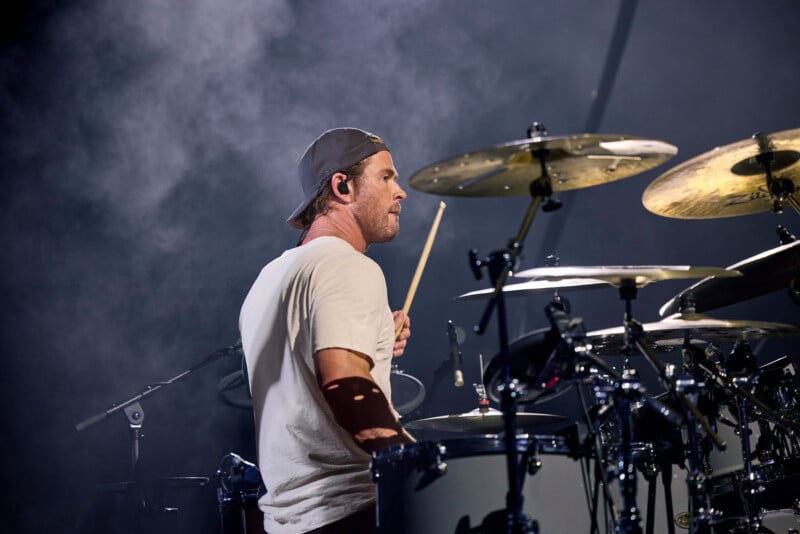
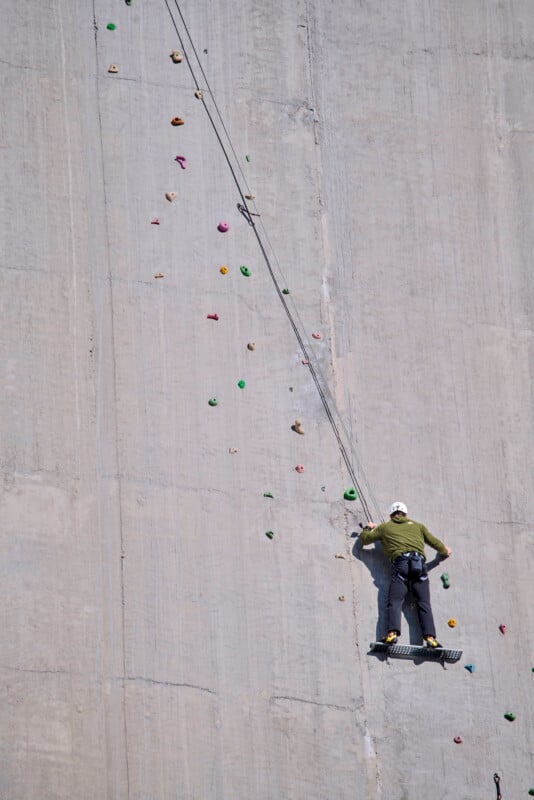
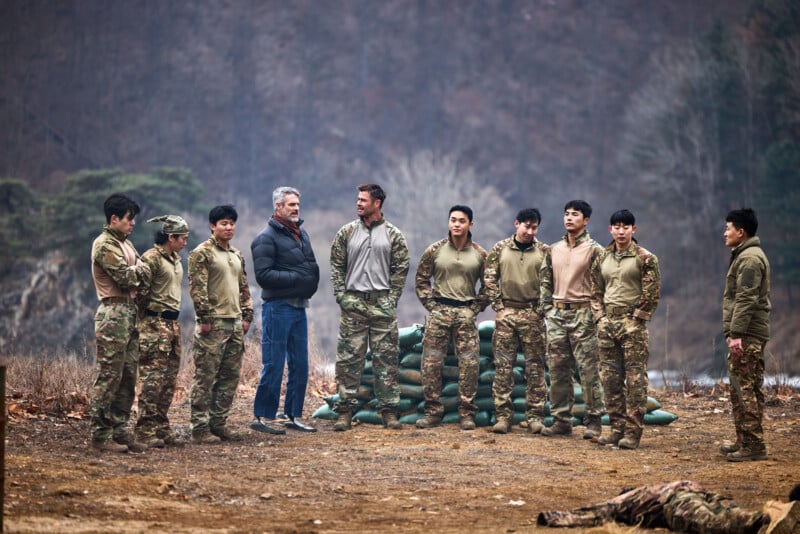
Throughout the series, Hemsworth chats with leading experts, including doctors, cognitive scientists, neuroscientists, climbers, wing suit fliers, soldiers, racers, and more.
“Making this series has been a life-changing journey. I’ve discovered so much about my own health, resilience and what it really means to live well,” said Hemsworth. “I hope this next chapter inspires audiences to step outside their comfort zones and embrace challenges, because the impact it’s had on my life has been truly profound.”
“Limitless” is created by Academy Award-nominated filmmaker Darren Aronofsky’s studio, Protozoa, Jane Root’s Nutopia, and Chris Hemsworth and Ben Grayson’s Wild State. PetaPixel chatted with the show’s Director of Photography, Steve Lidgerwood, about his experience filming the series.
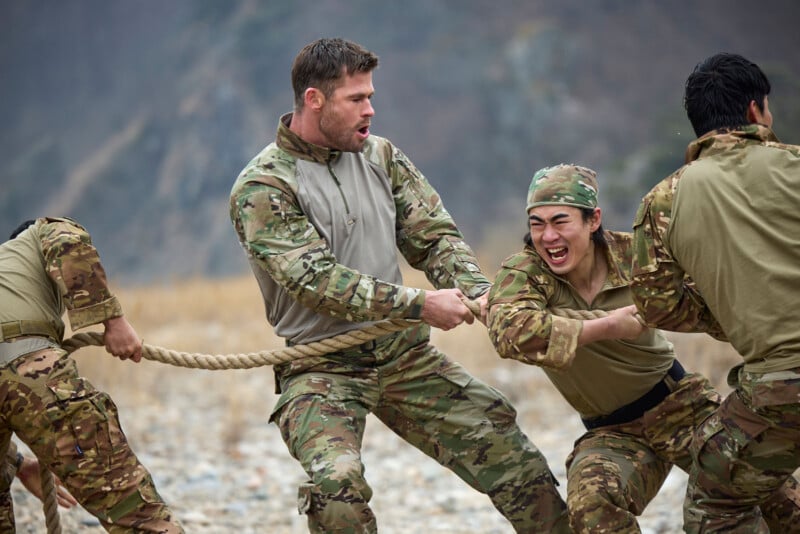
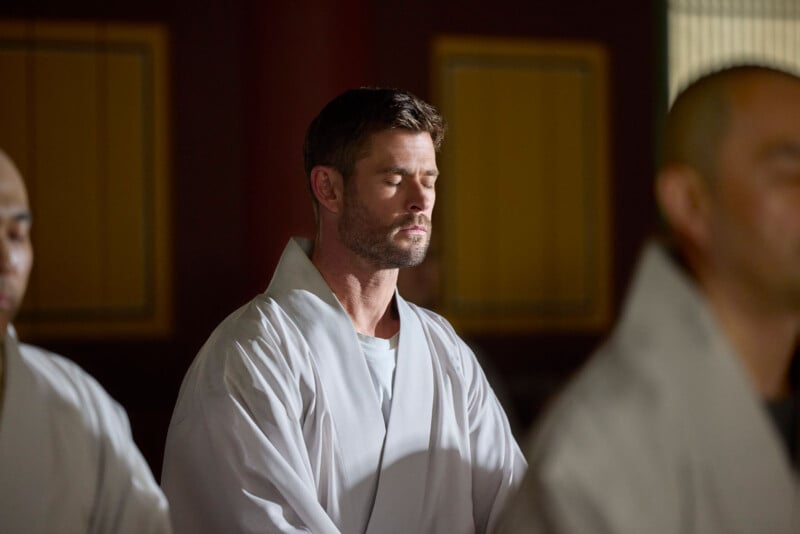
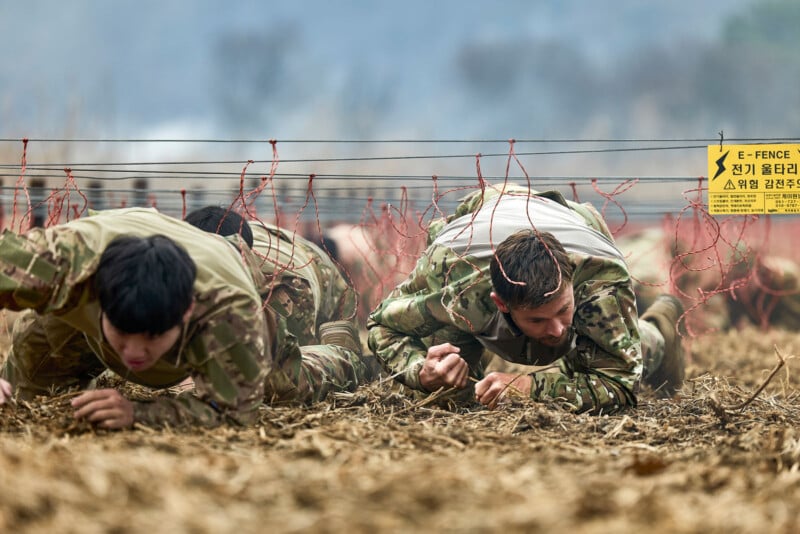
Lidgerwood also worked on the first season of “Limitless,” so he wanted to maintain the same visual style and language in the second season. After all, the viewer is still following the same journey with Hemsworth.
“Season two is another chapter of Chris finding the answers to his search for longevity,” Lidgerwood tells PetaPixel. “With this in mind I carried forward a lot of season one’s visual characteristics. As in the first series, Chris had only one chance to get each episode’s various tests/stunts done, so we could not stop him, but I needed to be with him for the viewer to feel, see, and hopefully become a part of his journey! So as to not miss anything Chris came across on his journey, camera placement was always key, while being careful to not slow him down!”
For the first season, Lidgerwood relied heavily upon tripod-based cameras with long lenses, while handheld camera crews were with Hemsworth as he performed various stunts. For season two, much of the same workflow persisted, although this time Lidgerwood added a DJI Ronin 4D gimbal to his setup.
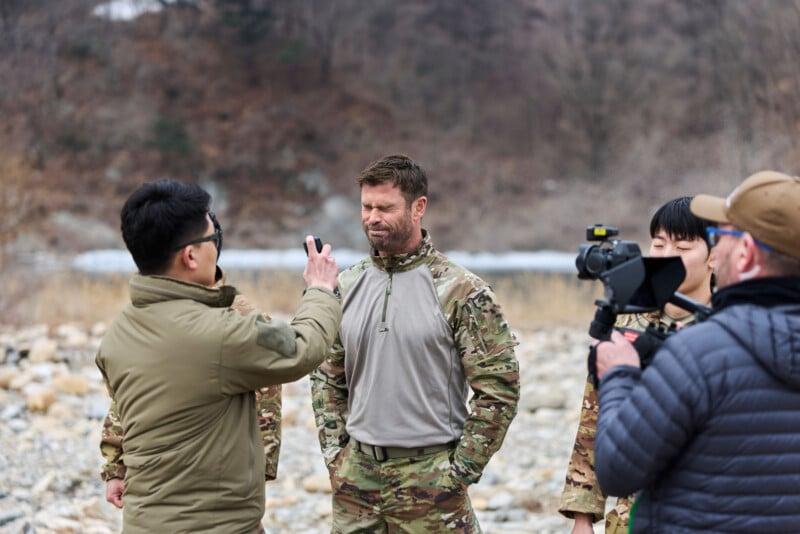
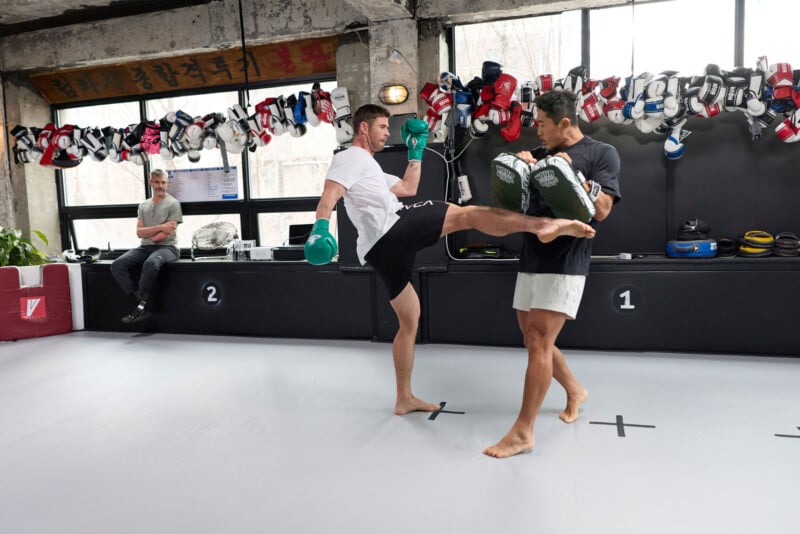
“[This] was a key camera across all the episodes,” Lidgerwood says.
There were also instances when the team used GoPro cameras, as no other camera can put the viewer in Hemsworth’s shoes while maintaining a tiny footprint. However, Lidgerwood says he doesn’t love using cameras like this on a high-end production.
Nonetheless, “the GoPro’s on Chris’ wrist really allowed us to travel with him on his journey,” Lidgerwood says. “A great example of this is in the third episode, when he climbs the dam wall.”
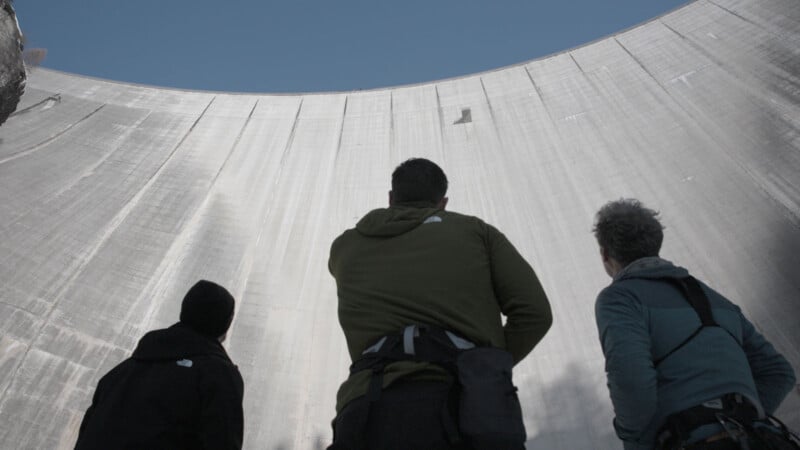
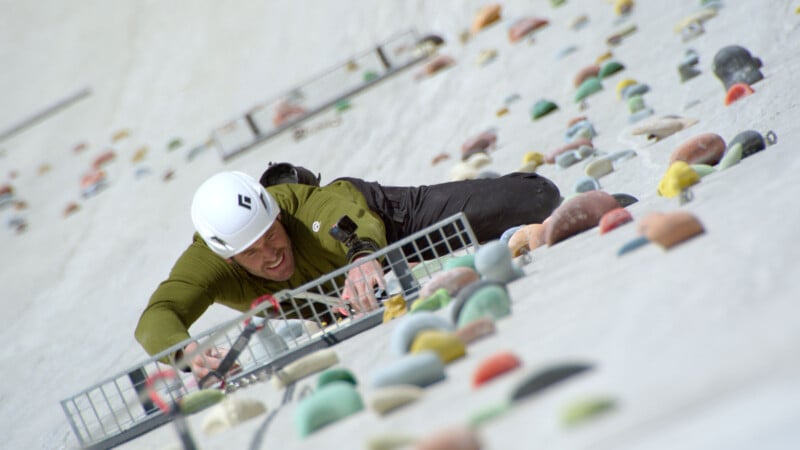
“It’s a visual feast from all the other cameras, drones and gimbal systems but the GoPros add the intimacy, especially when he talks to it half way up the climb. I could never get that reality from any other camera in that moment whilst traveling with him. The roughness of the frame Chris holds really helps to enhance the danger and punishment of his journey.”
Broadly speaking, Lidgerwood’s camera list is robust. His primary cameras include the Sony Venice and the DJI Ronin 4D.
“Prime lenses and a full frame sensor” really deliver a “cinematic feel,” the cinematographer explains.
Although Lidgerwood’s list of shows is diverse, and sometimes he needs to use different kits to achieve the desired results, he argues that having equipment he’s very familiar with is essential to his work. It’s crucial that he reaches a point where each camera feels instinctual to use.
Lidgerwood has come a long way from his beginnings in film studies in the early 80s, and so too has equipment.
“The lovely Paillard Bolex H16 reflex film camera was the first real cinema camera I got to play with,” he recalls. “My first job in the industry was the news department at Channel Nine in Melbourne, Australia. We used Sony U-matic tape cameras back then. Heavy monsters, but it was a move forward to the technology we now get to play with.”
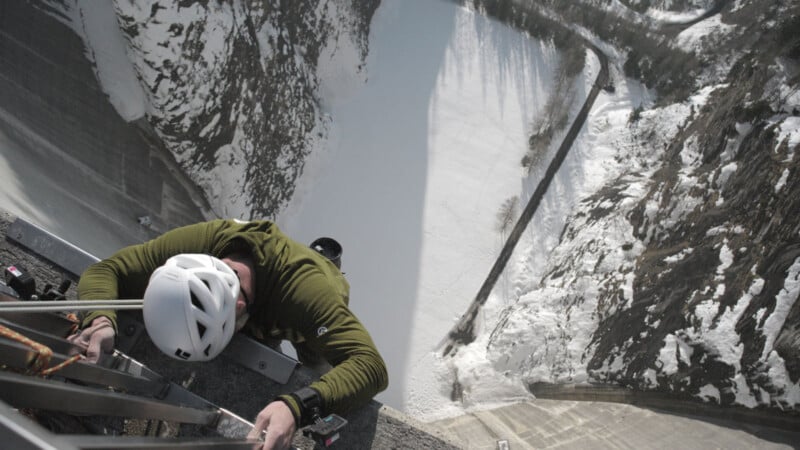
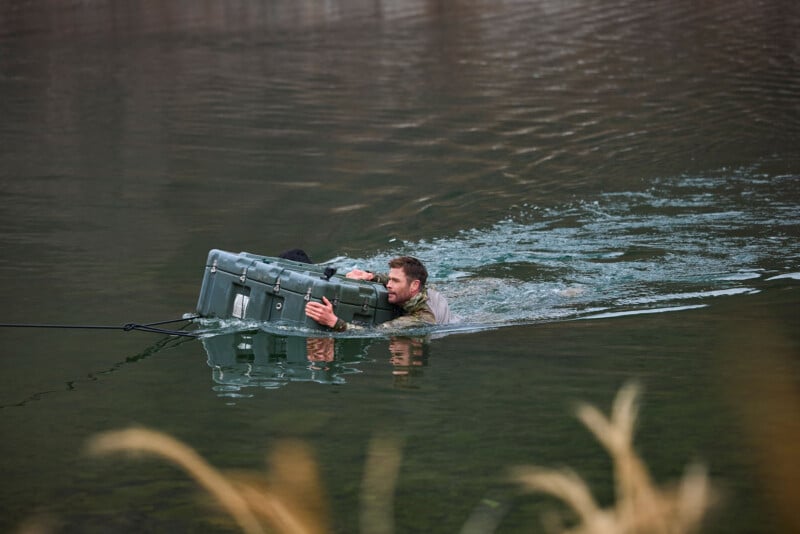
When asked what the biggest camera tech evolutions have been during his career, Lidgerwood says, “sensor technology, noise reduction, dynamic range, and depth of field.”
“The larger sensors have allowed us the opportunity to use old glass designed for large [film planes],” Lidgerwood says, adding that larger sensors also enable more creative uses of depth of field than small sensors allow.
Not to be understated is the advancement in recording media, too. Gone are the days of lugging huge boxes of tapes on location.
“You did not overshoot because you had limited stock,” Lidgerwood says of the film era. “We now travel with a handful of cards that can be downloaded at the end of a day’s filming and re-used. Wireless technology has made life a lot easier, too. Wireless monitors, gimbals, and camera controls are just another bit o0f tech that helps in our current-day productions.”
Given how personal “Limitless” is for Hemsworth and how close Lidgerwood is for so many of the key shots, it’s no surprise that he and Hemsworth have built up a great deal of trust during production over the past five years.

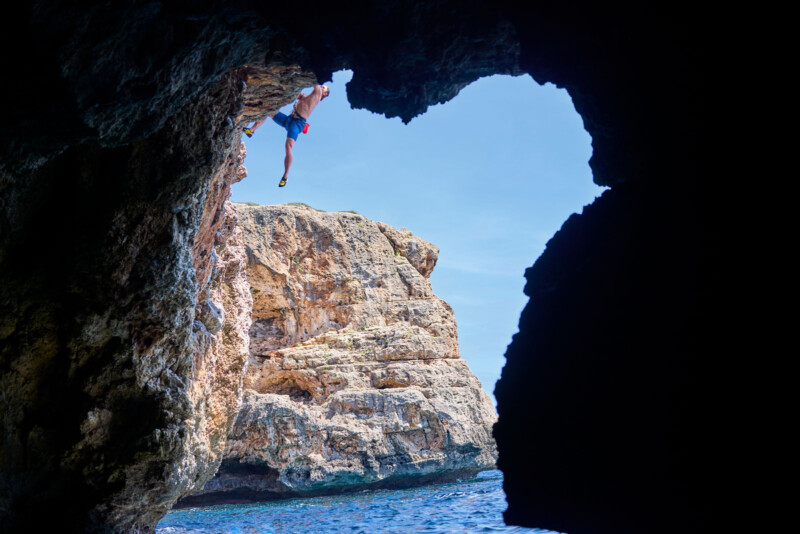
“It’s often just the two of us in a certain scene, so it has to work between us both,” the filmmaker explains.
“An example of this was in series one when Chris was about to attempt the 30-meter rope climb to a cable car hanging between two valleys in the Blue Mountains of Australia. I was also hanging down there with him but had two winches to pull me up! Hanging at 1,000 feet in the air you could see the tension building in Chris, yet, just before he started his epic climb he looked over and said, ‘You good, mate?’ and off he went. This moment may seem small but that is the connection I talk about that is needed when working so closely with talent, especially when they are pushing themselves through pain barriers like Chris did. It’s such a personal story for Chris and as the cinematographer I have to be sympathetic to how he’s actually really feeling in the moment and sometimes not actually worry how cinematic the actual shot is.”
Lidgerwood adds that when telling such a personal story, it is not always about achieving the most cinematic shot — it is much more about capturing the moment in the way that is most authentic to Hemsworth’s experiences, even if that means using a GoPro with a small sensor instead of a pro-grade cinema camera.
“You sometimes have to allow the unpolished and erratic shots to bring in the reality of the moment,” Lidgerwood says.
Lidgerwood’s love for storytelling and conveying emotion to a viewer predates his filmmaking. Before getting into motion, he, “like so many cinematographers,” was heavily interested in photography.
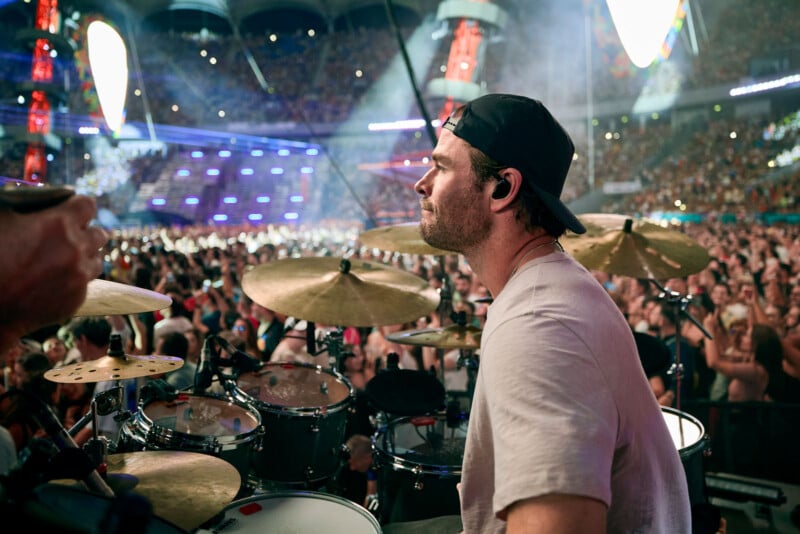
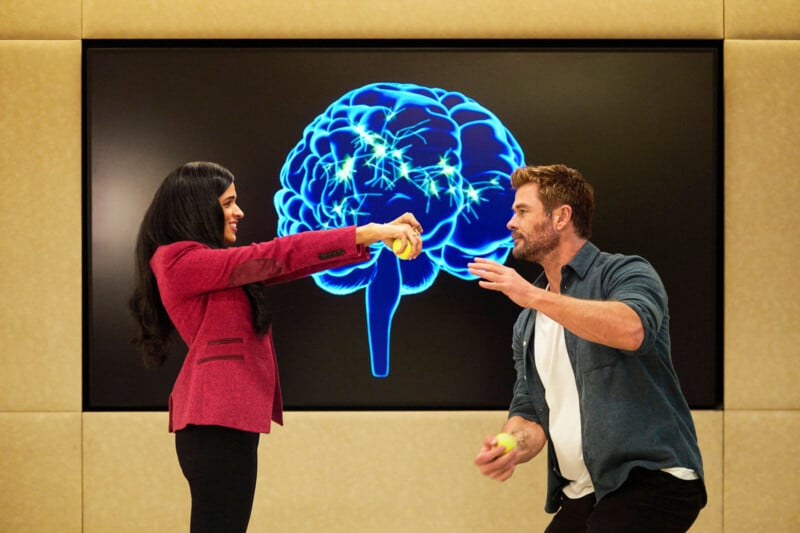
“My mother had an old Kodak box brownie and this was the first camera I actually took stills on. This lit a small flame inside that slowly developed,” Lidgerwood says. Although he initially wanted to dive straight into filmmaking, his first job in the news business in Australia taught him valuable camera skills and how to tell a story in the shortest time possible. He got to ply his craft on a diverse range of subjects, too, ranging from children’s television programs to filming in war zones.
For up-and-coming cinematographers who want to become successful professionals, Lidgerwood says that getting a firm grasp of lighting, composition, and technology “are a good start.”
“Watch films, old and new of different genres. It takes time to learn anything correctly,” he says. “I’m Still learning daily when I work, there is always another way to do something.”
But “most importantly,” Lidgerwood says people cannot be afraid to ask questions.
“Just keep asking questions.” And, of course, get out there and shoot as much as possible.
“Limitless” is available now on Disney+ and Hulu and will air on National Geographic on August 25.